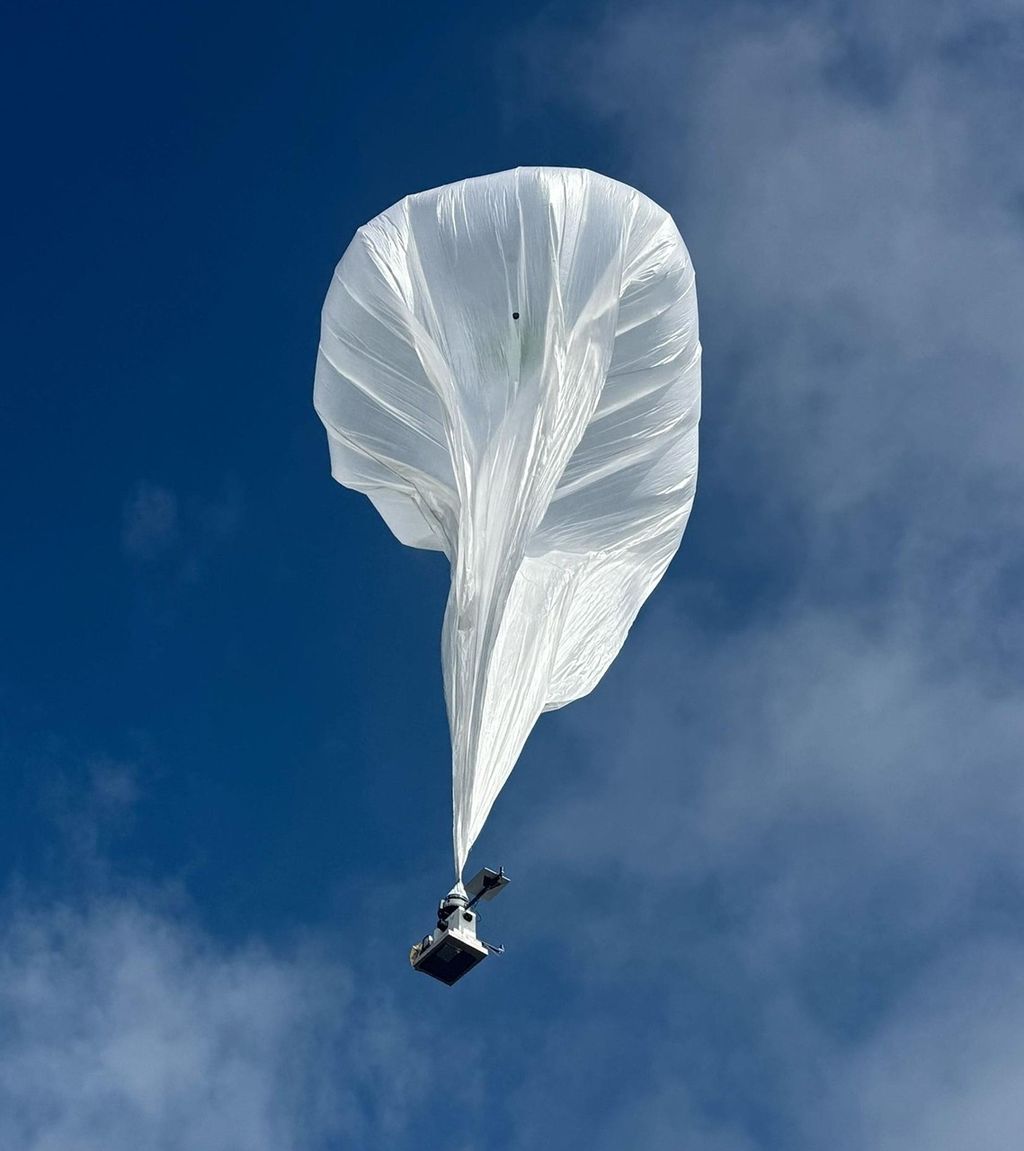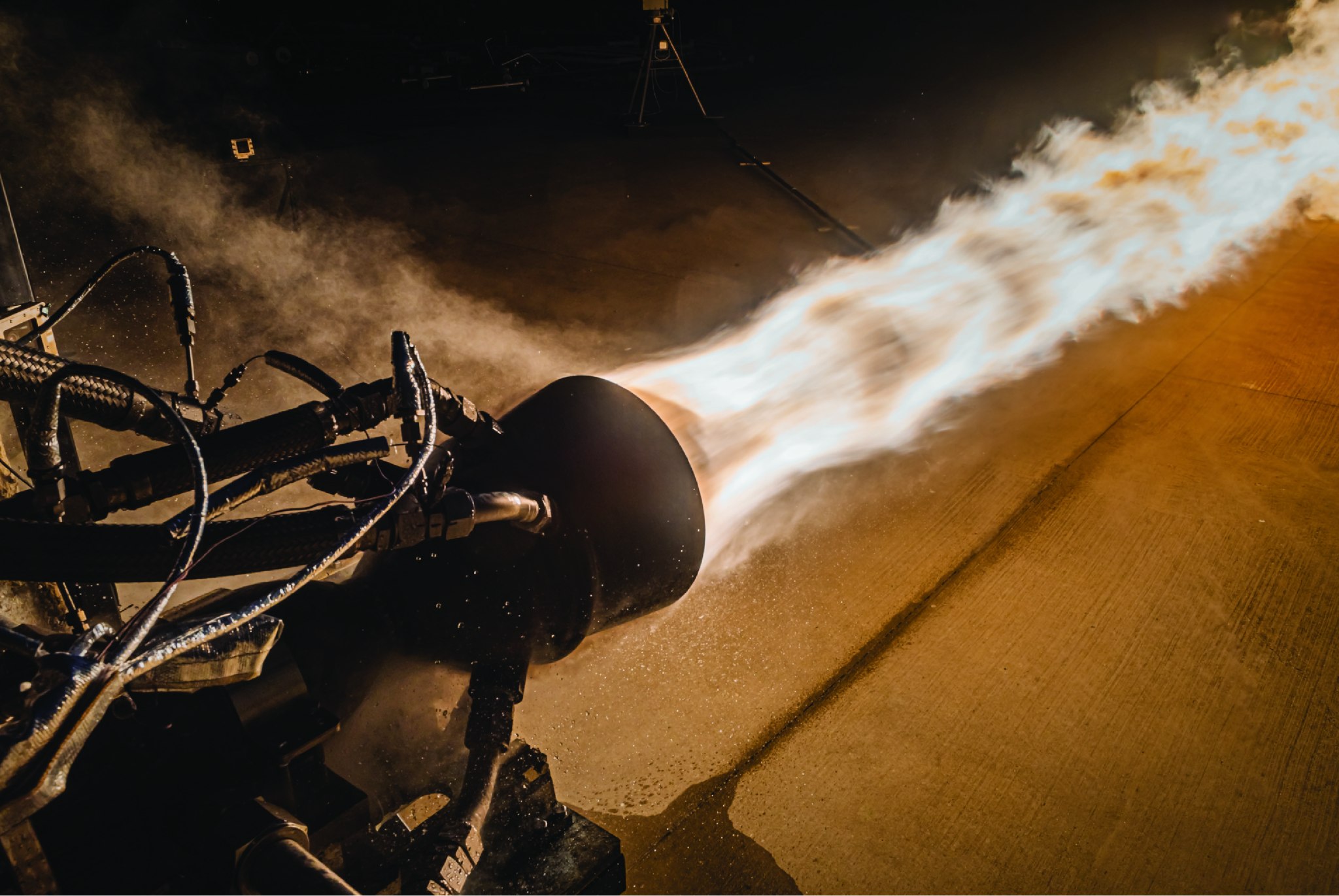When Launcher successfully completed a thrust chamber assembly hot fire at NASA’s Stennis Space Center in late August, it was just the latest in a string of testing milestones for the small satellite launch company.
For the past two years, Launcher has partnered with Stennis near Bay St. Louis, Mississippi, to conduct testing for its 3D-printed Engine-2 (E-2) rocket engine. Launcher is developing the 22,000-pound-thrust engine in the midst of a new space race, which has rocket designers and engineers thinking small.
The Hawthorne, California, company is one such startup vying to lead in what is known as the “small satellite launcher class” of rockets. With information collected from its Stennis test campaign, the company is seeking to develop the world’s most efficient rocket capable of delivering small satellites to orbit around Earth.
“The opportunity to work with a world-class team and facility at Stennis has allowed us to achieve major milestones in the development of E-2,” Launcher Lead Engineer Andre Ivankovic said. “The Stennis team works hard to meet our testing needs, and the facility can provide us with large quantities of high-pressure gases and propellants, as well as a data acquisition system. These capabilities have been critical for us to achieve multiple test campaigns within the first year of becoming a commercial tenant.”
The August milestone for Launcher followed a string of testing achievements in the E Test Complex at Stennis. In October 2020, Launcher conducted its first full-scale test fire of the Launcher E-2 engine injector and combustion chamber. In April 2021, the team successfully tested its E-2 liquid oxygen turbopump. The turbopump test series consisted of liquid nitrogen cold flow testing on April 21, with a total of seven tests for a combined 211.2 seconds (including a 120-second full duration test), and liquid oxygen cold flow testing on April 22, with a total of eight tests for a combined 162.6 seconds (including a 60-second full duration test). On Aug. 20, the company successfully completed a 5-second hot fire of its latest thrust chamber assembly.
The Launcher E-2 and the first testing campaigns at Stennis were funded, in part, through a U.S. Space Force Small Business Innovation Research (Phase II) award.
“As we scaled from 1,000-lbf thrust liquid rocket engine tests at our own test site to 22,000-lbf thrust engines, we partnered with NASA Stennis due to the surprisingly low cost and incredible facilities we could leverage,” Launcher Founder and CEO Max Haot said. “At the start, we were wondering if the government organization would be able to work at our startup speed and with our culture. Since then, we have been shocked at how great and easy it has been to work with the NASA team – to the point we nicknamed Stennis E complex ‘rocket engine testing paradise.’”
The Launcher team was attracted to Stennis due to its nearly 60 years of expertise and flexibility in testing both full-scale rocket engines and components, as well as its competitively priced lease agreement, highly secure facilities, easy accessibility, and a 125,000-acre acoustic buffer zone allowing 24/7 test operations without disruptions to nearby communities.
“There’s sometimes a misperception that working with the government is expensive,” said David “Skip” Roberts, a NASA senior project engineer overseeing the Launcher test partnership on the Stennis E-1 Test Stand. “However, by choosing to test at Stennis, commercial tenants like Launcher can reduce testing risk, speed up their developmental process, and incur cost-savings.”
Another major advantage in testing at Stennis is access to high-pressure propellant tanks and gases. “One of the main reasons Launcher decided to come to Stennis was because of our test infrastructure and ability of our High Pressure Gas Facility to deliver needed propellants and gases,” Roberts said.
For Launcher, the testing at Stennis is focused on efficiency. According to the company, the engine’s combustion chamber is the world’s largest, single-part, 3D-printed chamber of its kind for a liquid rocket engine and will produce the largest thrust, yield the lowest propellant consumption, and offer the lower cost-per-pound of thrust in the small satellite launcher class.
Launcher’s E-2 engine is designed to produce 22,000 pounds of thrust at sea level using RP-1 (a highly refined form of kerosene) and liquid oxygen as its propellants. A single E-2 engine will power the first stage of the Launcher Light vehicle, which the team claims will be capable of delivering payloads of up to 330 pounds to low-Earth orbit. Its first launch is planned for 2024.
In the meanwhile, Launcher plans to conduct longer duration tests of the entire thrust chamber assembly in the weeks ahead. By the middle of next year, the team aims to conduct full-duration, full-scale testing of the E-2 engine with its integrated turbopump at Stennis.
As the nation’s premier rocket propulsion test facility, Stennis offers nearly six decades of expertise, specialized and versatile infrastructure, cryogenic propellant and high pressure gas facilities, laboratories and shops, and advanced data-gathering technologies to ensure the success of commercial tenants, government partners, and academia.
S21-036 Photo – Launcher hot fire: Commercial space company Launcher conducts a hot fire test for its 3D-printed Engine-2 rocket engine in the E Test Complex at NASA’s Stennis Space Center. (Credit: Launcher / John Kraus Photography)
For information about Stennis Space Center, visit:
C. Lacy Thompson
Stennis Space Center, Bay St. Louis, Miss.
228-363-5499
calvin.l.thompson@nasa.gov







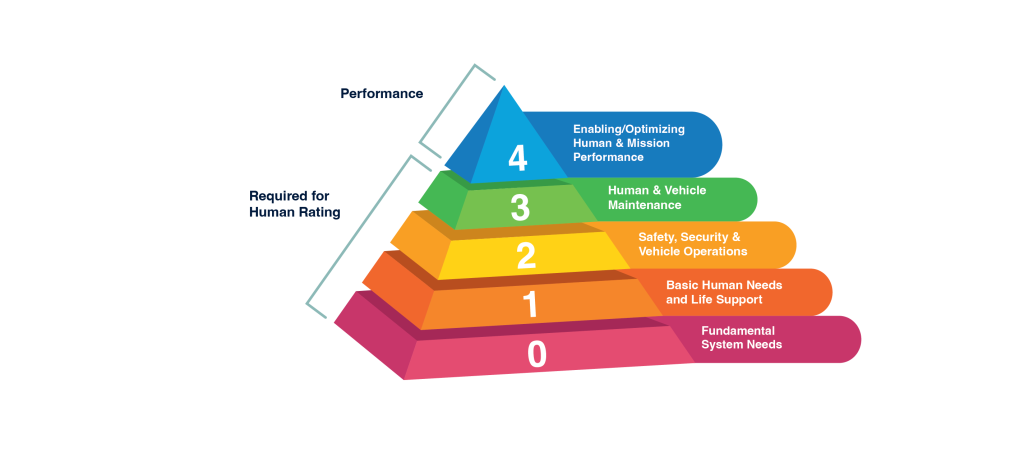



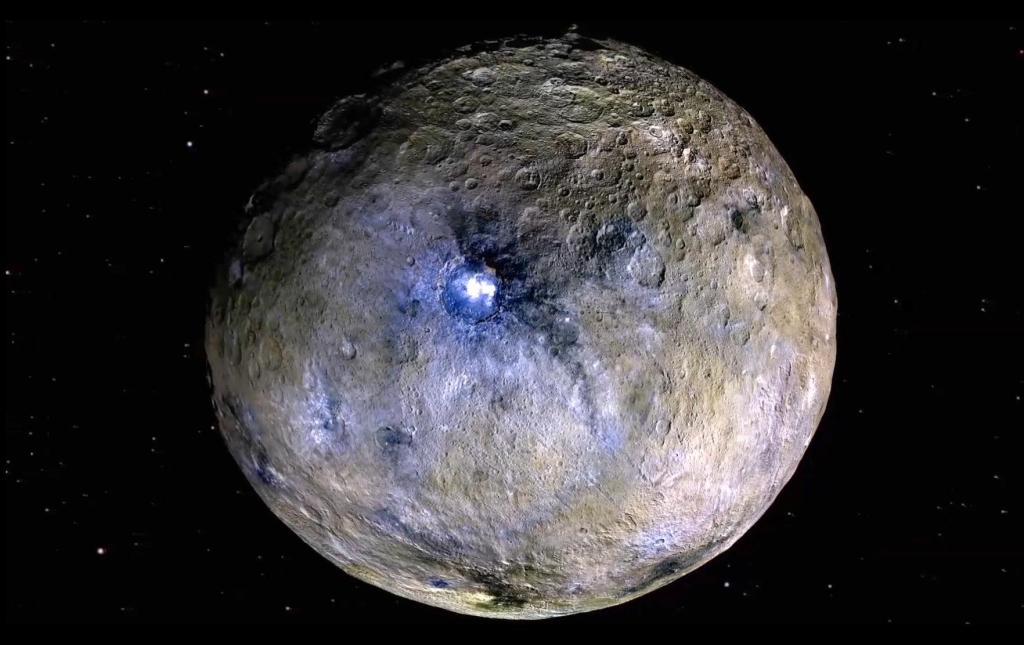
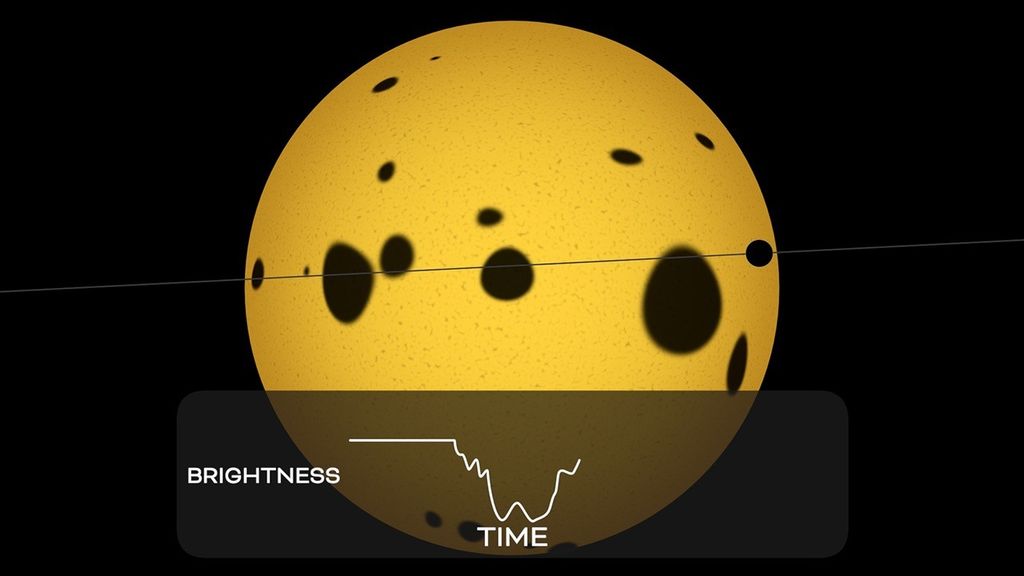

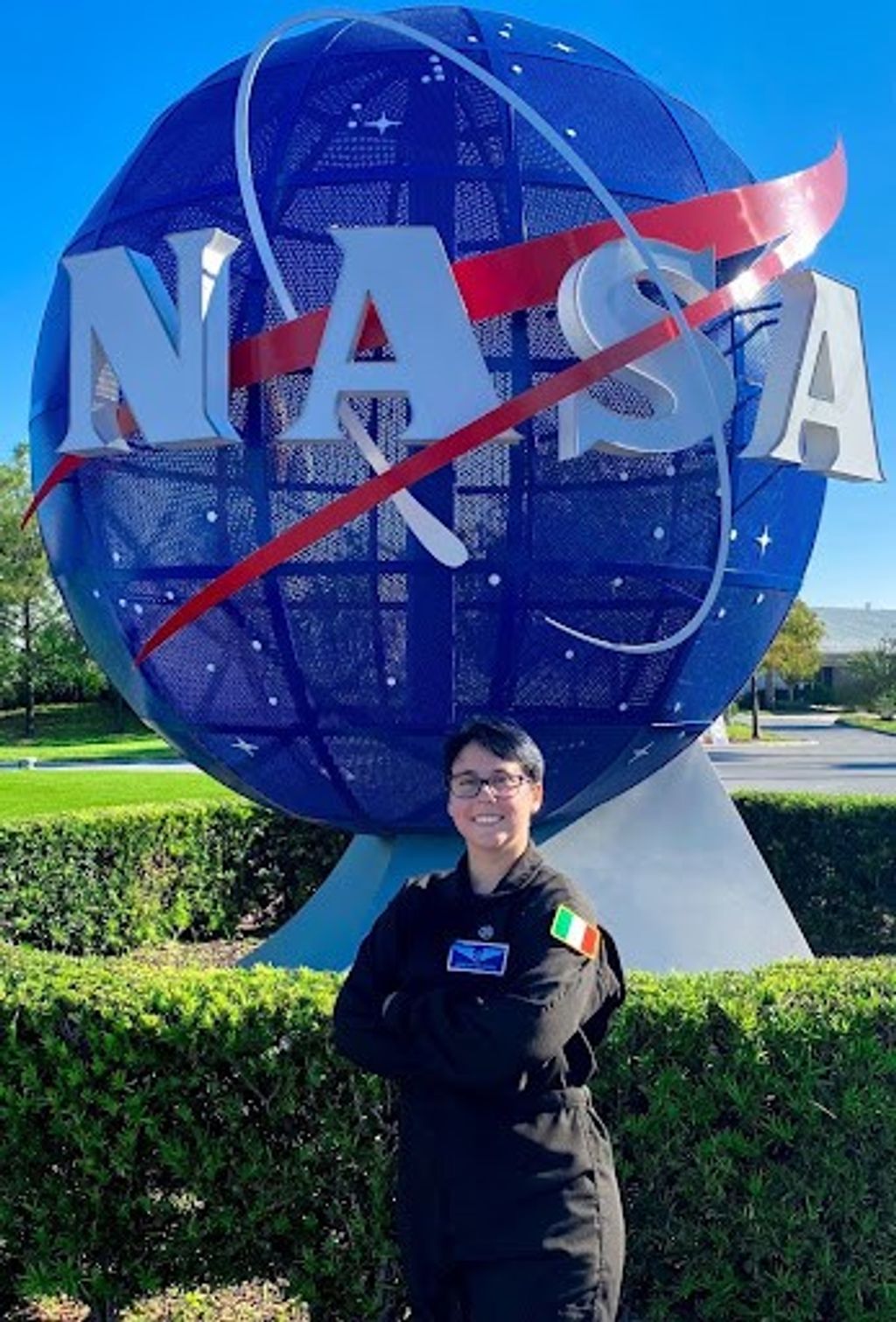

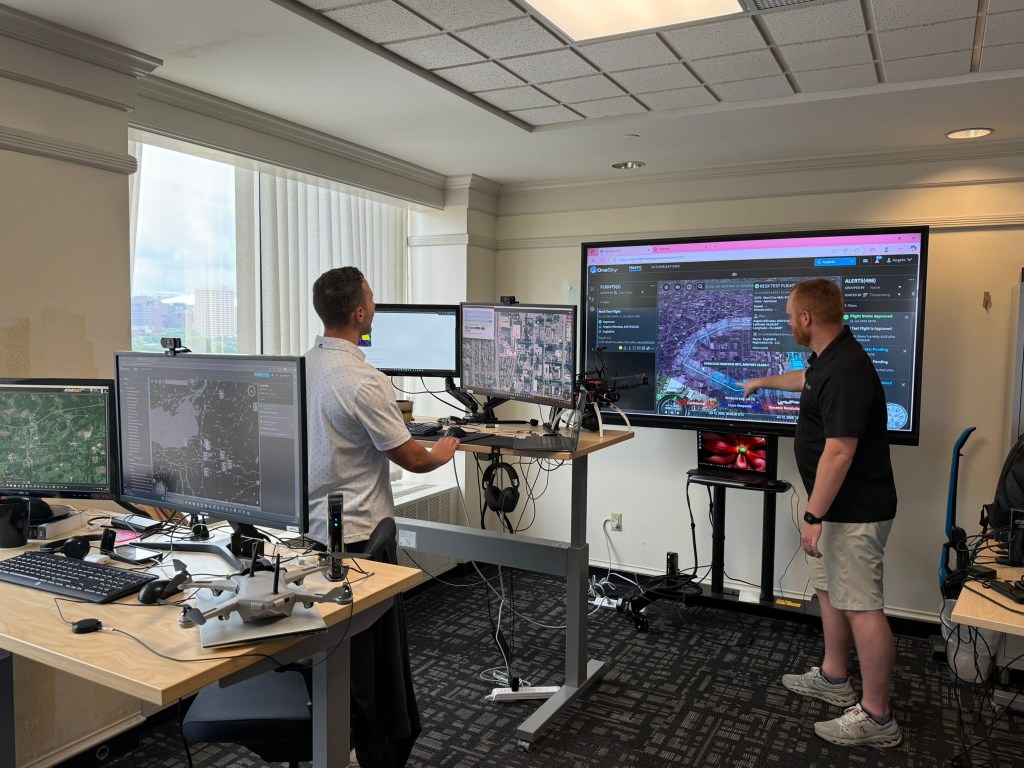







-Carolyn_Y._Ng.jpeg?w=1024)
